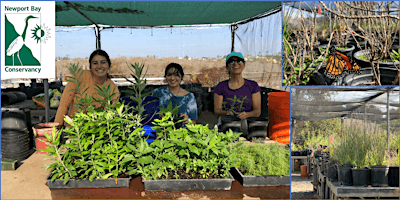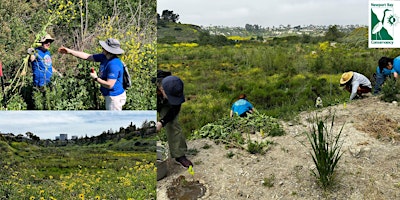
Ridgeway’s Rail
Upper Newport Bay is home to several endangered and/or threatened bird species. Probably the most intriguing of these is the Ridgway’s rail (Rallus obsoletus). Many of our Naturalists have never seen this secretive bird, even though the Back Bay has the largest subpopulation remaining in the USA. More than 170 breeding pairs were tallied in the highest count performed in 2005. So what makes the Back Bay so critical to the future of this species?
The rail is very dependent on coastal saltmarsh habitat. Specifically it needs an abundance of tall cord grass (Spartina foliosa) to build its unique floating nest in the lower marsh areas that are flooded at high tide. This avian artisan weaves dead grass stems between and around growing stems to form a platform nest that can rise and fall with the flow and ebb of the tide, and then bends and intertwines the tips of the surrounding stems to form a canopy above the nest. The canopy holds the nest in place during high spring tides and provides protection from flying predators. UNB is blessed with large stands of dense, cord grass, and the cord grass grows at what seems to be the optimum elevation in relation to mean low water.
The Ridgeway’s rail is a poor flyer, and moves about on foot under cover of the cord grass and other vegetation. When it does venture out, it is most likely to be seen in the early morning scurrying about looking for snails, crabs, insects and other food in the tidal debris at the edge of the marsh. Please treasure any fleeting glimpses you may have of this shy bird from marked trails and designated water areas, but do not intrude into the saltmarsh or side channels and disturb the delicate nesting process. For more information, visit www.clapperrail.com










